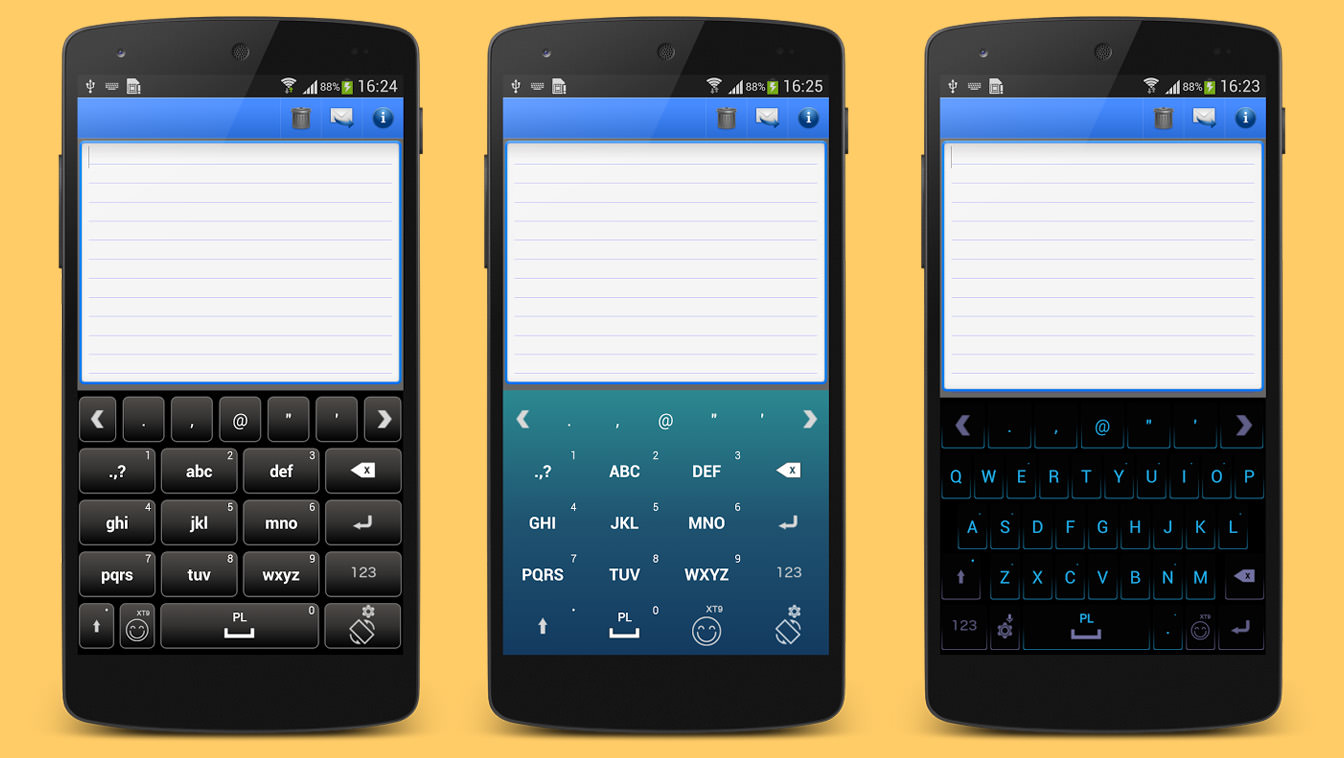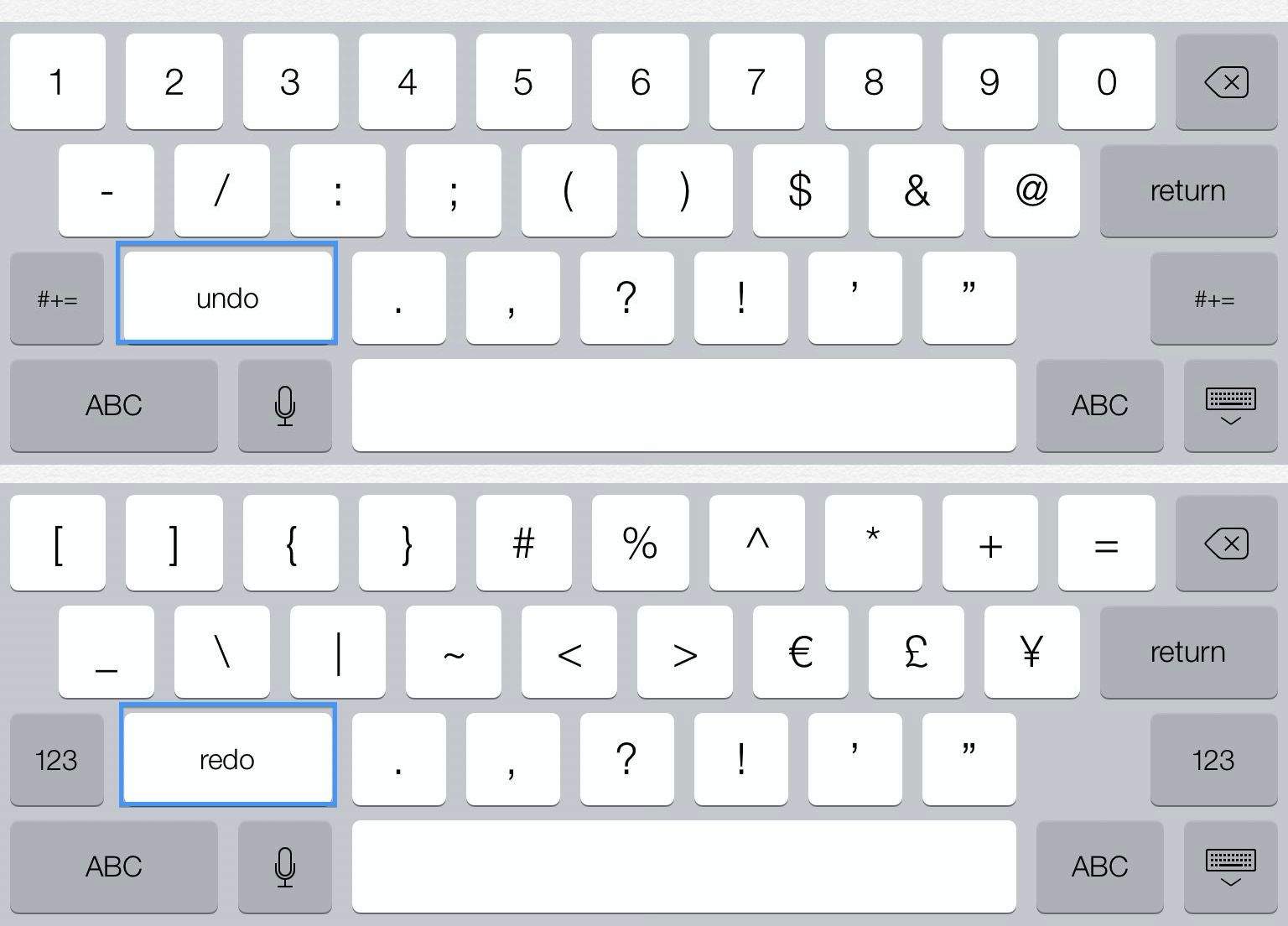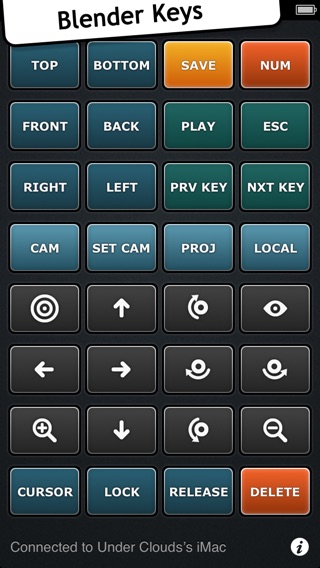
The “Layout & keys” settings page contains most of the settings used to configure your keyboard. Tip: You can configure how long you need to hold a key for a long-press to be registered, via the slider at the bottom of the “Layout & keys” page. Finally, “Key pop-ups” is used to enable or disable a popup that appears above each key you press. “Arrow keys” places a set of four arrow keys under the keyboard that can be used to scroll through typed text. Fortunately for us, theres a lot more going on here besides. “Accented characters” allows you to type accented characters by long-pressing relevant keys, then swiping left and right to select the correct accent. Fleksy (1.99 £1.32 AU2.48) Fleksy excels at providing a fast and accurate typing experience. Here you can choose between the standard experience of the numbers across the top or placing them at the side in an approximation of a numpad found on some physical keyboards. Glide Input (Gesture Typing) For some languages.
#Keypad layout app portable#
You can also configure the appearance of the numbers & symbols keyboard by tapping “Number position in number & symbols layout”. Key Features: Text Input: Key Input Celia Keyboard supports Qwerty, Qwertz, Azerty, Colemak, and Dvorak layouts. Keyboard Test Utility is another portable software that comes with three different types of keyboard layouts, namely, ANSI, DP- 72, and SL- 91 First, reboot your computer and enter the BIOS or UEFI Use your downloaded midi software to make music making more rewarding Soumili has an autocorrect option AutoMe can automate compute related tasks by. This setting can be used to quickly type numbers but causes the keyboard to take up more screen space. The second from top option “Number row” can be used to enable or disable a row of numbers from displaying at the top of the standard keyboard. To configure the keys that are on your keyboard, you also need to be on the “Layout and keys” menu. You can change the size and shape of your keyboard through by tapping “Layout and keys” and then “Resize”. If you don’t like your changes, just tap “Reset” to reset the size and shape of the keyboard to default.

The interior slider is used to configure the positioning of the keyboard.Īdjust each of these settings until you’re happy with it, then press “OK” to save. In the resize mode you can easily adjust the dimensions you want the keyboard to take up with the outside sliders. To change the size or positioning of the keyboard on the screen you need to tap on “Layout and keys” on the main SwiftKey settings page, then tap on “Resize”. To change your keyboard layout tap your language in the “Languages” screen and select a new layout. Once you’ve made your selection just tap it to confirm. You can scroll through the keyboards layouts that are supported for your languages at the bottom of the screen. Once in the Languages screen, if you tap on your language you will see a list of supported keyboard layouts. We will get back to you with a solution at the earliest.To change the keyboard layout, you need to open the SwiftKey app, then tap on “Languages”. Keys with icons or symbols Most keyboards come with special symbols applied to the function keys.

#Keypad layout app windows 10#
Windows 10 keyboard shortcuts Use key press combinations to quickly access common functions in Windows 10. If you have any queries concerning the aforementioned steps, do let us know in the comments. The Windows key on your keyboard is labeled with a Windows flag icon and is used in many key press combinations. These were the two methods to enable different keyboard layouts for different apps on your Windows 11 PC. If you ever wish to revert this change, then just execute the below command: Set-WinLanguageBarOption.It will enable different input methods for different apps.Then type in the below command and hit Enter: Set-WinLanguageBarOption -UseLegacySwitchMode.



 0 kommentar(er)
0 kommentar(er)
